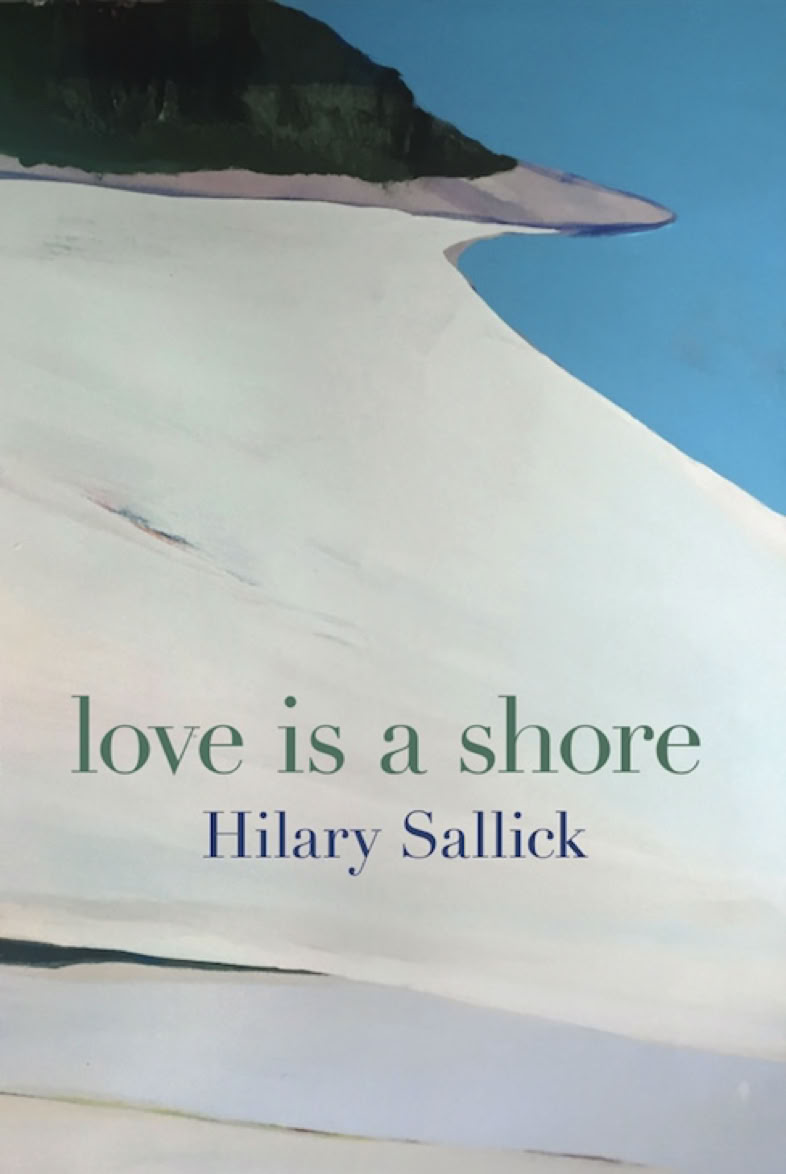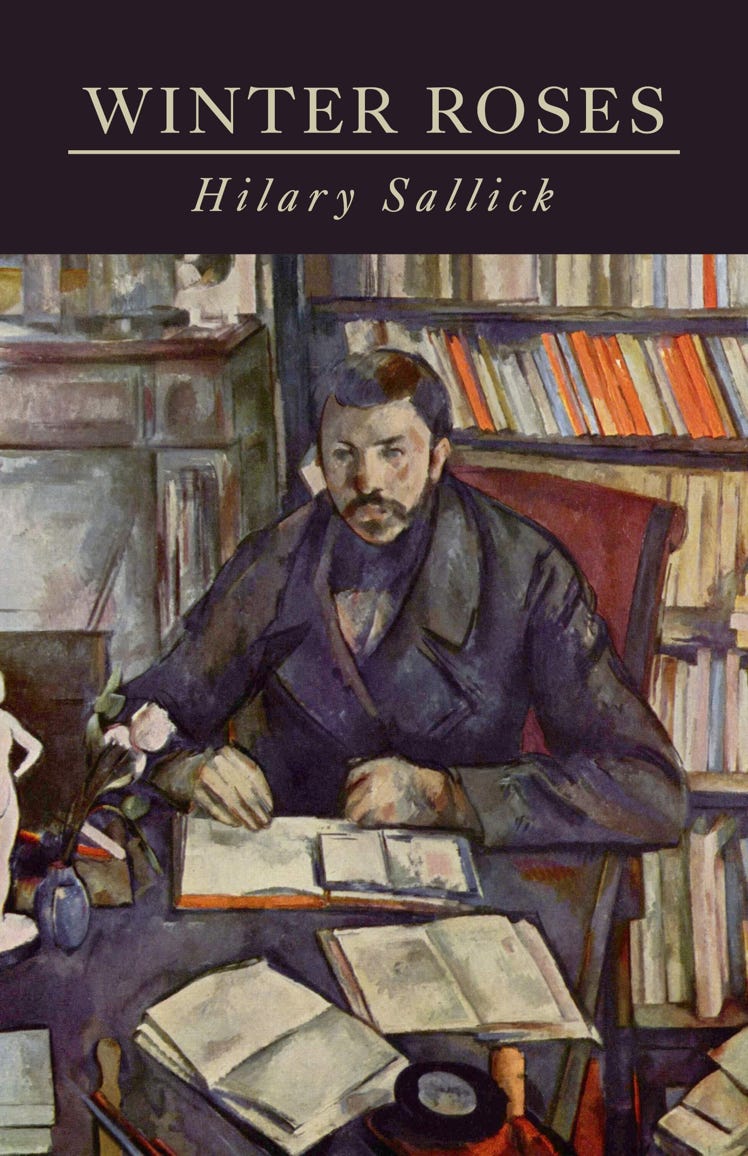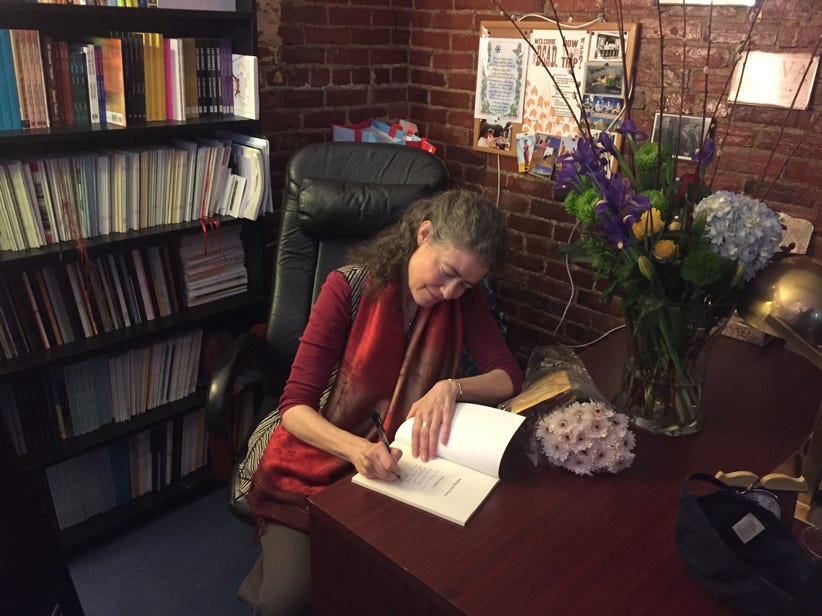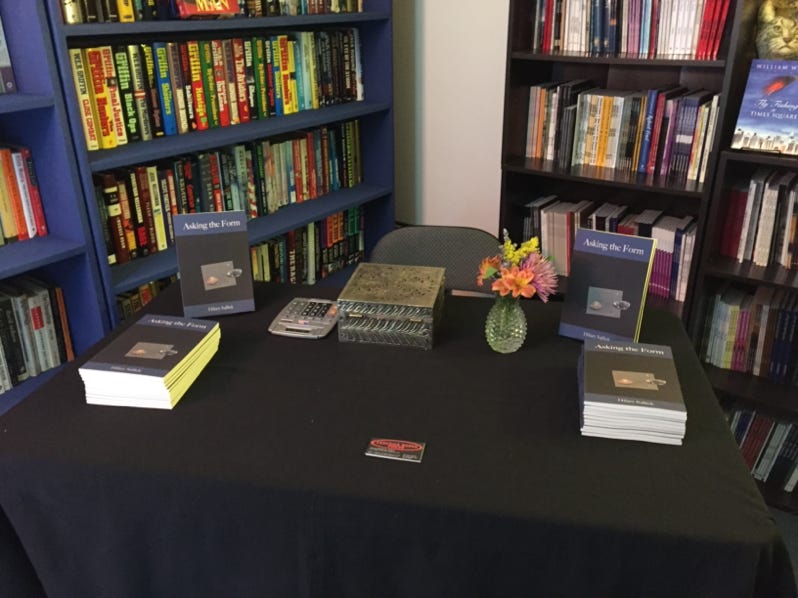Hilary Sallick
To purchase Love Is A Shore:

Cover art: Lucy Sallick, Maine Winter Island, 1971, oil on canvas, 36” x 48”
About Love Is A Shore
… The speaker in these poems is personal, but never self-involved, trusting her observations to take on shapes of their own. A feather, an oyster shell, a conversation with friends, a neighbor working on his patio: these beautifully rendered perceptions gather, build, and miraculously fall into place. My own perceptions sharpened, my mood lifted as I read Sallick’s work. --Ruth Hoberman, Professor Emerita of English, Eastern Illinois University
… “I try to see without / intruding,” Sallick confides to us, then admits: “I want things and I go too close.” These lines could be the motto for this entire collection. Curious, heroically—even subversively—observant, Sallick watches, as she writes in another poem, from “the middle / of the space,” where “a whole / circumference of world / surrounds me.” That careful, unstoppable observation of the world and its inhabitants is her great gift as a poet—and her great gift to us. —Lloyd Schwartz, Pulitzer Prize-winning critic and the author of Who’s on First? New and Selected Poems
Hilary Sallick’s pact with herself is to stay open to all varieties and permutations of experience. “Everything is emblem beauty/message how can I read it,” she writes. Rather than grasping after meaning, she lets what she observes—a crow strolling across a yard, a ladder inside a half-finished house, a shifting shoreline at a familiar beach—speak to her, each in its own way. … --Jennifer Barber, author of The Sliding Boat Our Bodies Made



